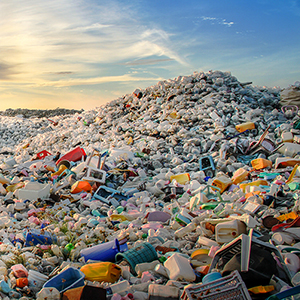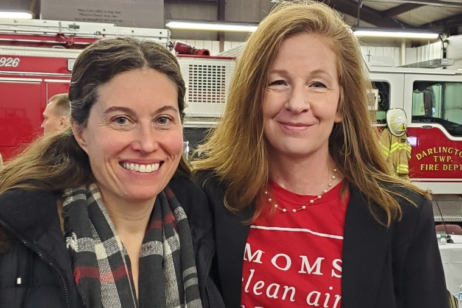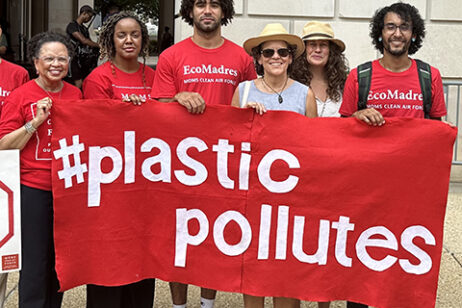WHAT WE’RE WORKING ON
This misleading practice is greenwashing at its worst. In recent years, plastics industry lobbyists have been promoting an old incineration method as a new way to solve the plastic pollution crisis. They are calling the process “chemical recycling” or “advanced recycling,” even though nothing gets recycled. Instead, the trash that enters a so-called chemical recycling facility is burned, creating harmful air pollution.
RELATED RESOURCES
WHY WE CARE
“Advanced recycling” is not advanced, and it’s not recycling. Most “advanced recycling” facilities use pyrolysis and gasification, processes that burn plastic trash and turn it into harmful air pollution and chemical waste. The plastics industry lobby is trying to convince state and federal lawmakers, and EPA, that burning plastics in “advanced recycling” facilities should not count as incineration. They want to change the classification to “manufacturing” or “recycling” to evade air pollution controls. Such a determination would leave companies free to emit unlimited amounts of harmful air pollution without any monitoring, reporting, or control technologies.
HEALTH IMPACTS
Incinerating plastic creates climate-warming gases and releases toxic pollution that can impact health. These pollutants include dioxins, benzene, formaldehyde, particulate matter, and heavy metals, such as mercury and arsenic. Exposure to this pollution increases the risk of cancer, birth defects, reproductive system damage, developmental issues, cardiovascular problems, respiratory impairment, hormonal irregularities, and neurological problems.
“Advanced recycling” is not advanced,
and it’s not recycling.
ENVIRONMENTAL JUSTICE
Many “advanced recycling” incinerators are in low-income communities of color already overburdened by other pollution sources. Changing the laws so that these incinerators can emit harmful pollution without limits in these communities is environmental racism.
In addition to air pollution and toxic waste, “advanced recycling” incinerators produce heavily contaminated pyrolysis oils, which can be made into highly toxic fuels. The air pollution produced from burning the jet fuel created from pyrolysis oil is expected to cause cancer in one in every four people exposed across their lifetime. The boat fuel ingredients created with pyrolysis oil are expected to cause cancer in every single person exposed over their lifetime.
BACK STORY
For nearly three decades, EPA has required the same pollution-control standards for pyrolysis and gasification incinerators as it has for other incinerators. This must continue.
In 2023, EPA withdrew a 2020 proposal that sought to remove these facilities from federal incinerator rules. Moms Clean Air Force is urging EPA and Congress to take the next logical steps: Affirm that pyrolysis and gasification incinerators are indeed incinerators, begin to enforce the Clean Air Act rules at noncompliant facilities, and support policies that reduce plastic production and waste.
We are also raising awareness about the harmful practice of “advanced recycling” in our communities. Already more than two dozen states have passed laws promoting this false solution. Join us in your state to help us educate mayors and other local officials about “advanced recycling”—and to stop the buildout of these dangerous facilities.
More Articles and Resources

What’s in the Air: The Massive Failure of Plastics Recycling
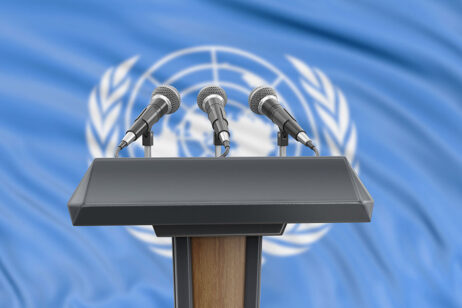
What to Look for as the UN Negotiates a Global Plastics Treaty
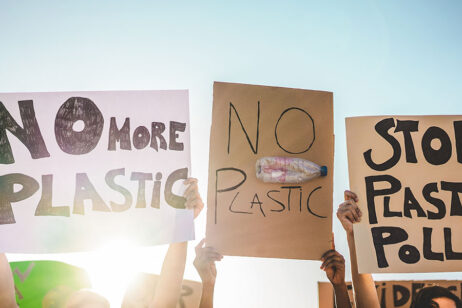
“Reduce, Reuse, Refill, Repair, Regenerate”: Solutions to the Plastics Crisis Are Systemic
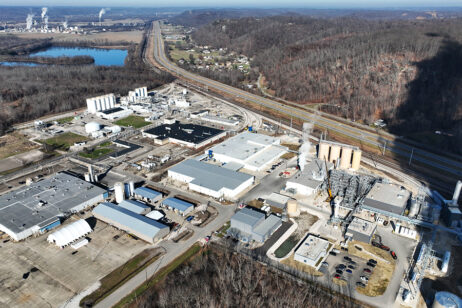
“We’ll Just Be Another East Palestine”
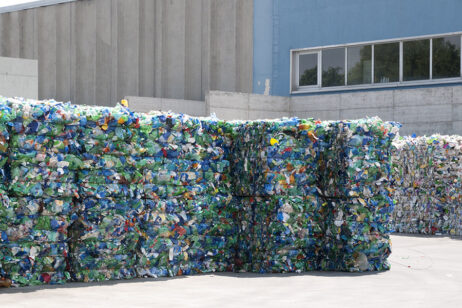
Recycling Plastics Doesn't Work
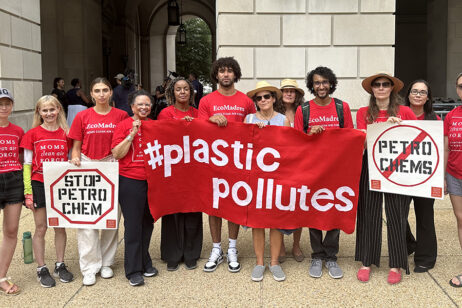
What’s in the Air: Plastic Scams

5 Most Popular Healthy Air Resources of 2023

The Video the Plastics Industry Doesn’t Want You to See

The Plastics Industry Must Be Held Accountable: Stop Endangering Our Families’ Health
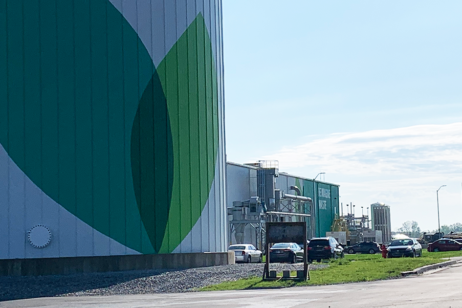
The Plastic Industry’s Scariest Trick
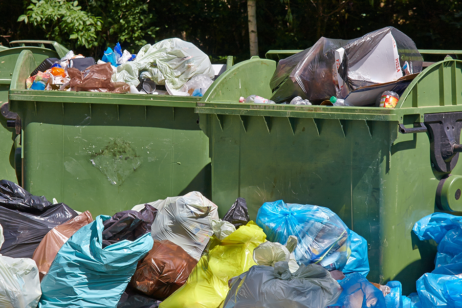
“Chemical Recycling” Is Not the Solution to Plastic Pollution

Greenwashing at Its Worst — From EPA and the Plastics Industry!
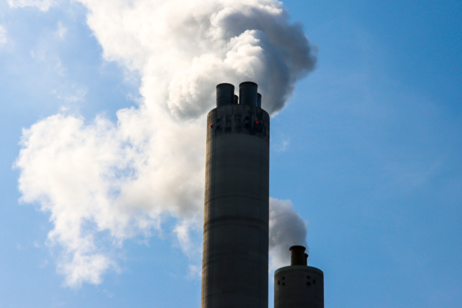
"Chemical Recycling" 101
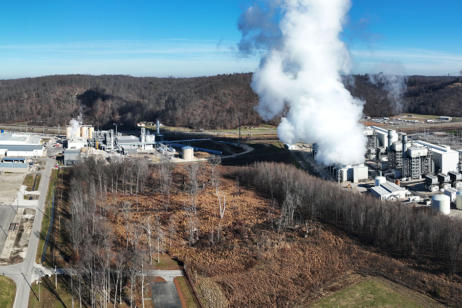
What the Plastics Industry Doesn't Want you to Know

The Truth About "Advanced Recycling"
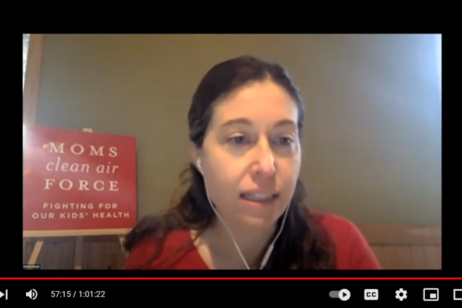
Advanced Recycling: What It Really Is and How It Could Impact PA Residents

Chemical Recycling: Myths and Facts

Letter to President Biden: Global Plastics Treaty Negotiations, March 27, 2024

"Advanced Recycling" Is Scary
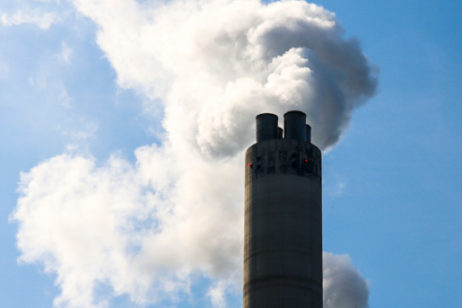
Letter to Governor Grisham About Chemical Recycling, January 17, 2023

Letter to Congress About Federal Plastic Incineration Bill, September 19, 2022
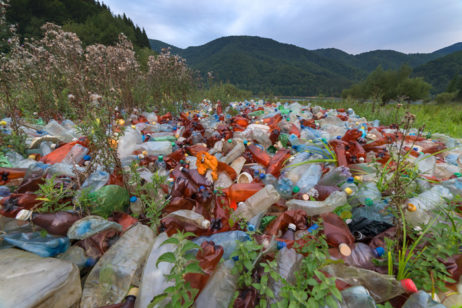
Letter to EPA About "Chemical Recycling," July 14, 2022

"Chemical Recycling" 101

What’s in the Air: The Massive Failure of Plastics Recycling

What to Look for as the UN Negotiates a Global Plastics Treaty

“Reduce, Reuse, Refill, Repair, Regenerate”: Solutions to the Plastics Crisis Are Systemic

What the Plastics Industry Doesn't Want you to Know

“We’ll Just Be Another East Palestine”

Recycling Plastics Doesn't Work

What’s in the Air: Plastic Scams

5 Most Popular Healthy Air Resources of 2023

The Video the Plastics Industry Doesn’t Want You to See

The Truth About "Advanced Recycling"



